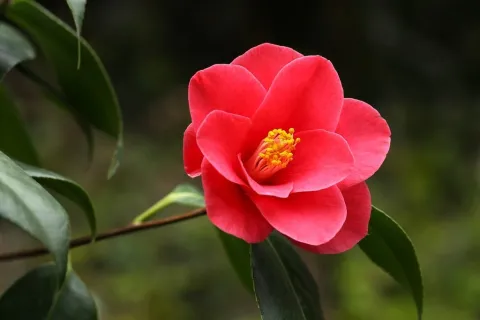By Elinor Teague

Fertilizers have changed greatly during the last twenty years. The most obvious changes have been in the reduction of nutrient percentages and in the proliferation of fertilizers specifically formulated for various types of plant – for example tomatoes, roses, citrus, lawns, shade plants and foliage plants as well as a significant increase in the availability of organic, non chemically derived fertilizers.
You will still find many types of all-purpose fertilizers. The most well-known fertilizer producer still offers a liquid non-organic all-purpose fertilizer with a 20-20-20 N-P-K formulation or 20% nitrogen, 20% phosphorus and 20% potassium. However, most of the organic all-purpose fertilizers now on the market contain much lower percentages of N-P-K and not all these fertilizers contain equal percentages of N-P-K. One producer offers a 4-4-4 formulation as well as an enhanced 5-5-5 granular formulation while another’s organic formulation contains N-P-K ratios of 4-6-5.
Nitrogen encourages green growth and many formulations, including fish-based fertilizers, are now available with very small percentages of phosphorus and potassium, such as 5-0-2 or 3-0-1. These formulations are recommended by the manufacturers for safely getting seedlings and transplants off to a nitrogen-boosted slow green start before switching to a fertilizer with higher percentages of phosphorus and potassium to encourage flower production, healthy root systems and overall vigor. Fertilizers with lower P-K percentages are also recommended for brassica or cole crops and other leafy greens. Fertilizers for established landscape foliage plants may have higher percentages of N-P-K, such as 12-6-6.
Bloom formulations with higher percentages of phosphorus tend to contain similar percentages of N-P-K. Tomato/vegetable fertilizers’ ratios mimic those found in rose and flower formulations, both are around 3-6-4 or 4-6-2 and can be applied to all flowering plants interchangeably. Fish and seaweed-based bloom fertilizers have lower percentages of all three nutrients, such as 2-4-1 or 2-3-1.
Shade plant fertilizers should contain extra sulfur to help lower high soil pH levels and create the more acidic soil that shade plants require. The soil and water in our Central Valley are highly alkaline and not all shade plant fertilizers contain enough sulfur, above 3%, to properly correct our soils’ pH levels. Additional sulfur in the form of sulfur granules can be added to any fertilizer.
Many manufacturers of seed germination soil mixes and potting soils now add fertilizers to their products. The label on the most well-known brand of potting soils, which promise 3 to 6 months of fertilization, does not provide any information on the type or amounts of nutrients used as fertilizer in their potting soils. Labels on other types of germination and potting soils, especially organic mixes, usually show a long list of nutrient-rich ingredients that may include nutrient sources such as worm castings, bat guano and chicken manure as well as oyster shells and dolomite limes as pH adjusters.


